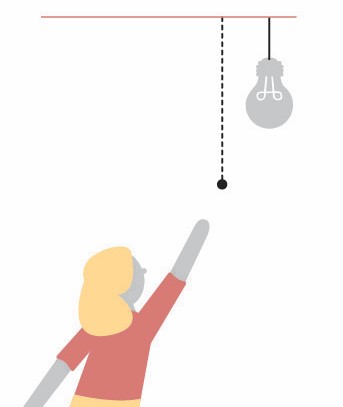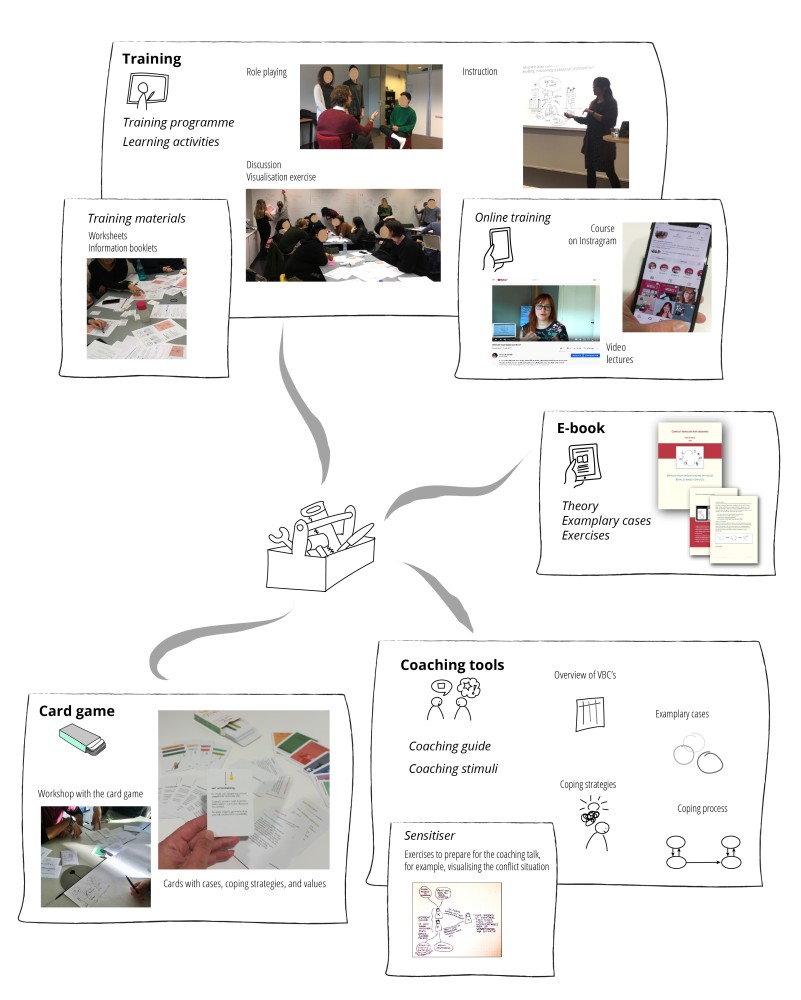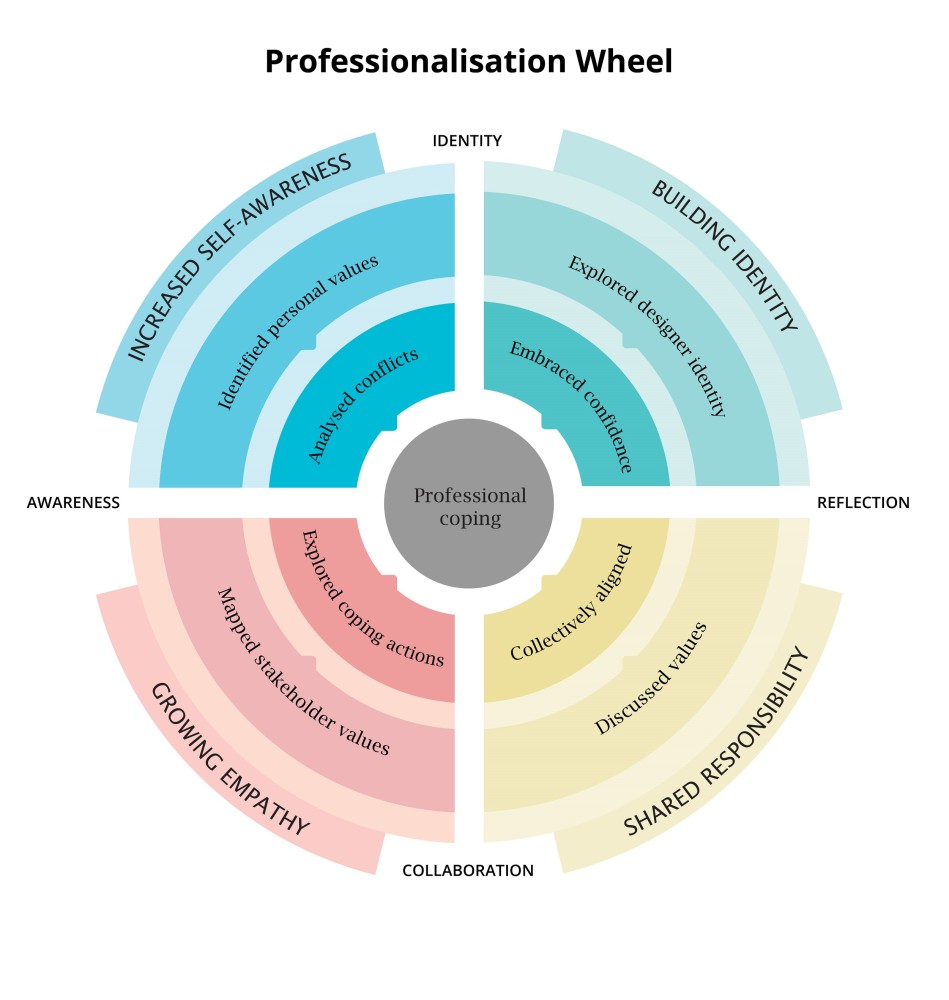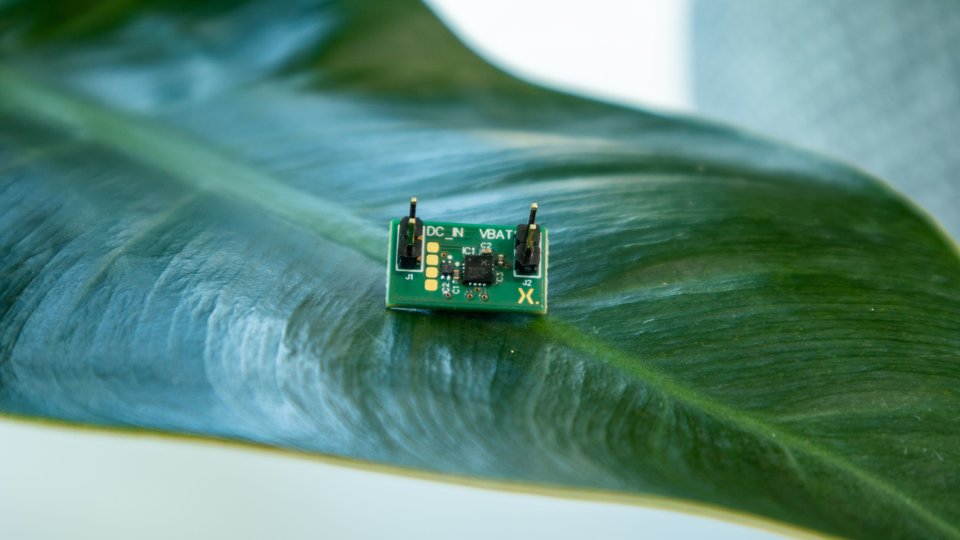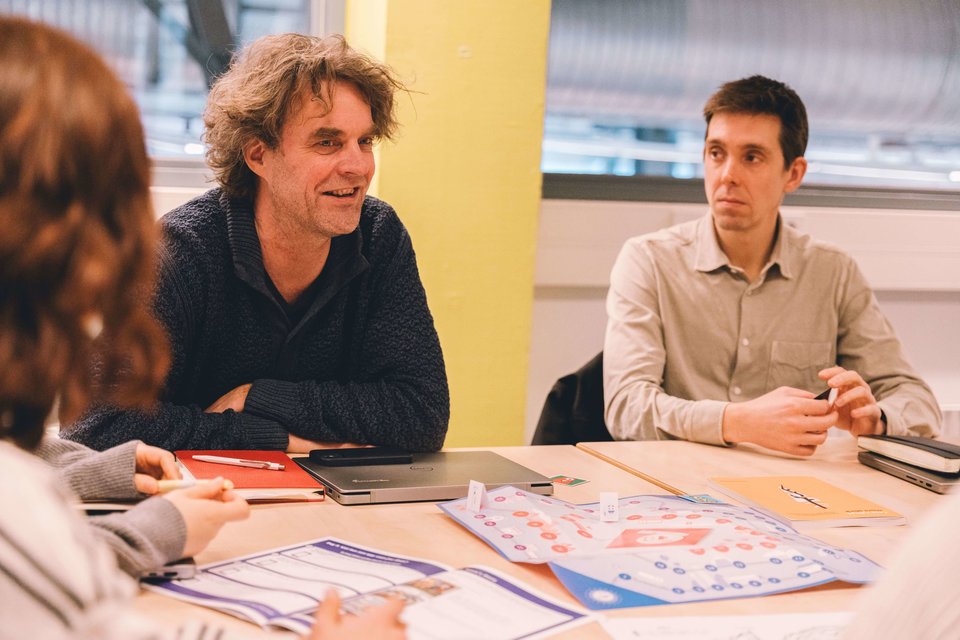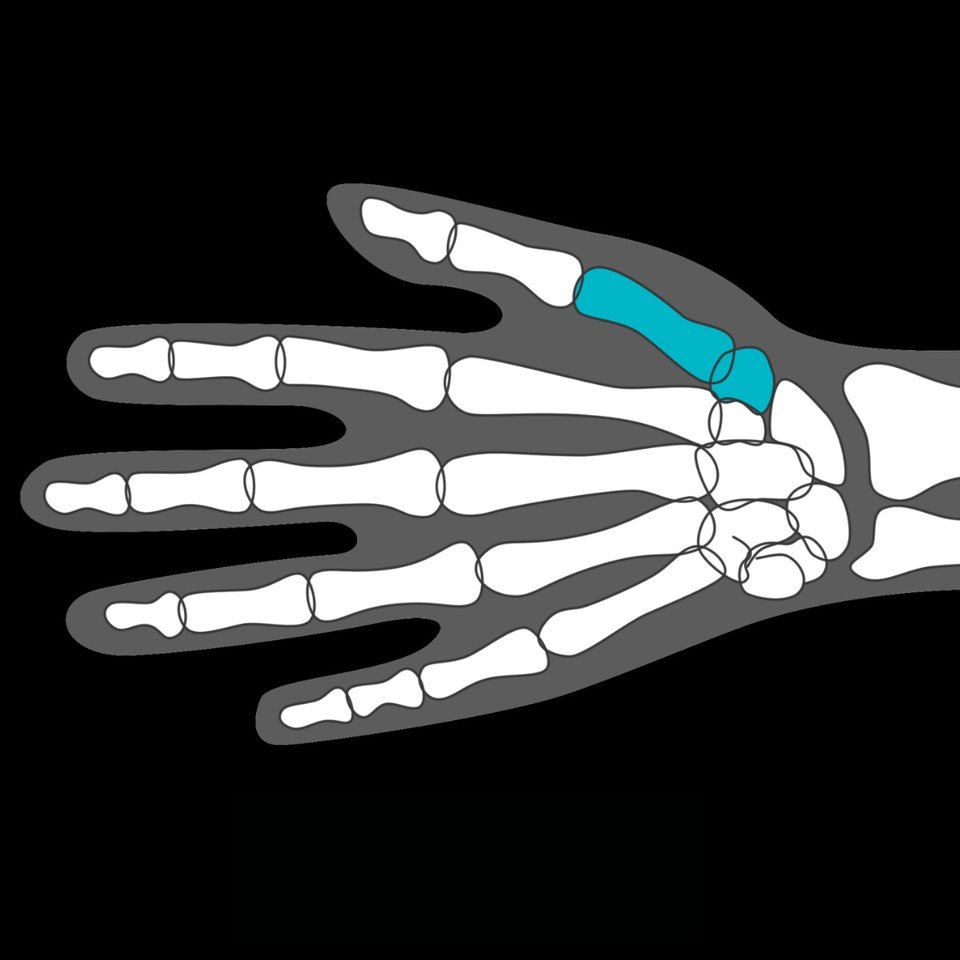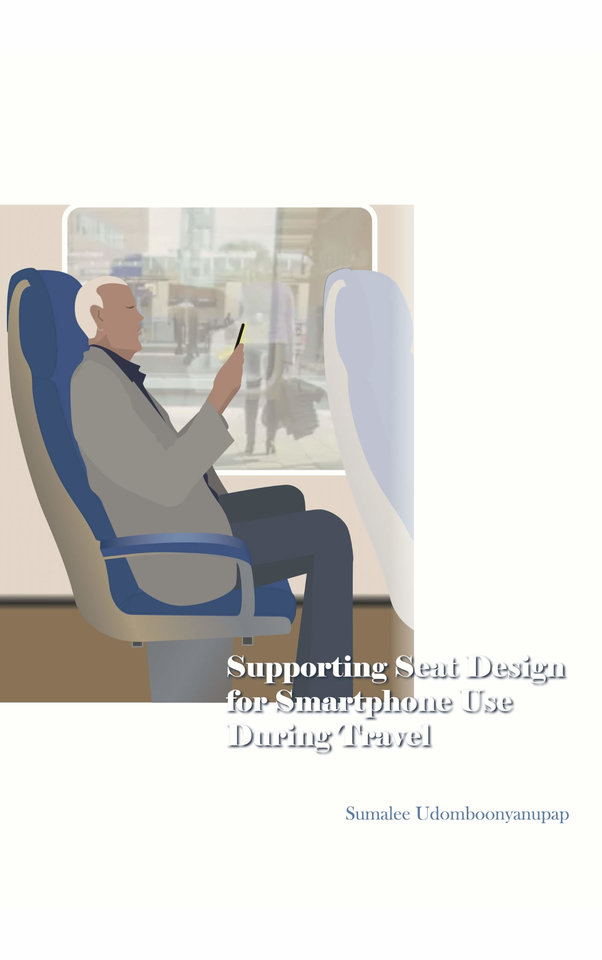Coping with value conflicts makes a better designer
Everyone brings their own values to the table when it comes to collaborative design. For junior designers, this may lead to frustration, conflict and stress when their values are compromised, ignored, or oppose other people’s values. Driven by her personal experience, Lenny van Onselen’s PhD research explored how junior designers can cope more effectively with value-based conflicts in collaborative design practice and she developed tools to support their professional development.
In collaborative design practice, designers utilise values in various ways including design evaluations, negotiations with clients, and design decisions. Van Onselen discovered for herself how frustrating it can be when values don’t align. “After graduating, I was working as a freelance design consultant and wanted to focus on sustainable design projects,” she said, “But it was quite hard to earn money in that way about 15 years ago.” On one particular occasion she was disheartened after unsuccessfully persuading a client to include environmental factors in a project and couldn’t figure out how to handle the situation satisfactorily without compromising her values.
After struggling with this, she found a way to pursue her ideals in academia, through teaching responsible and sustainable product design. In conversations with both junior and senior designers over the year, van Onselen found that they experienced similar value-based conflicts, often resulting in professional frustration and dissatisfaction. For her PhD, she set out to investigate the types of conflicts junior designers are facing, how they cope with them and ways to support them in coping more effectively.
Coping with conflict
Conflict is not necessarily bad. In fact, van Onselen said that junior designers need to experience conflict to grow and to become more seasoned as professionals, but support for helping them cope effectively is lacking. In her thesis, van Onselen proposed that improving coping with value-based conflict should focus on collaborative development, increasing self-awareness, and building a professional identity. “Coping becomes more productive when junior designers apply new actions to achieve existing leading values, reflect on collaboration and values, develop professionalisation insights, and take proactive steps for new contexts,” wrote van Onselen. “After reflection on collaboration and/or values, they learn to adapt their course of action, broaden their action repertoire, and improve their professional capabilities.” So how can this kind of reflective practice be learned?
Tools for reflection
In co-creation with junior designers, researchers and educators, van Onselen developed a toolkit to support in the learning process. The tools - a card game, a training programme, an e-book, and coaching guidelines - were tested in multiple contexts, and integrated into an approach to facilitate reflection. “Reflection brings forward why you are so frustrated and how you can act differently but also it becomes clear what your values are and the fact that you are struggling with values,” she said. But it’s not always going to reveal the things you might think.
For example, design students are educated about the importance of the user being the centre of the design process. “But your conflict can be on something else that can be more personal like I’m not acknowledged as a professional when I talk about the user being central or they don’t really value what I contribute,” said van Onselen. “Junior designers should be aware of their personal values so they can deal with the frustration and voice things that they want to voice, like the user being central in the design process.”
In addition to the toolkit, van Onselen went a step further to create a model that can be used to identify specifically where junior designers need to grow and to set up support. The main goal of the Professionalisation Wheel is professional coping, which results from two learning processes: improving coping and professional development. Within the wheel, there are four quadrants, each representing a professionalisation target: increasing self-awareness, building a professional designer identity, cultivating a shared responsibility, and growing empathy in collaboration.
The wheel presents targets and objectives along with guidelines and contexts in which support can be provided. Van Onselen noted that it can be used to help monitor professional development, serve as a discussion guide, and can structure a support system in design education and continuing professional development. “It integrates all of the insights from my research, it all comes together into one model and I’m proud of that,” she said.
Getting personal
Van Onselen, who now works as a senior researcher at Hoogeschool Utrecht, hopes her work will help other junior designers with their own professional journeys. “There is a lot of research and debate happening on values and the implications on design, but not what it means for you as a junior designer and how that can impact you as a professional. I think you can use all of the tools, but if you are stuck as an individual then you don’t make any progress. Then even the tools won’t help you. Looking at things from a more personal perspective can help you to grow and to work more effectively and efficiently in these complex situations.”
Design Methodology
Van Onselen used co-creation as a design approach. Collaborating with other stakeholders, including junior and senior designers as well as teachers and coaches, guided the design process. This helped with understanding the context, formulating requirements, generating ideas, testing protypes and ultimately designing the toolkit.
Dirk Snelders
- +31 (0)15 27 84644 / 83068
- h.m.j.j.snelders@tudelft.nl
-
Room B-4-030
"Leave well enough alone"

